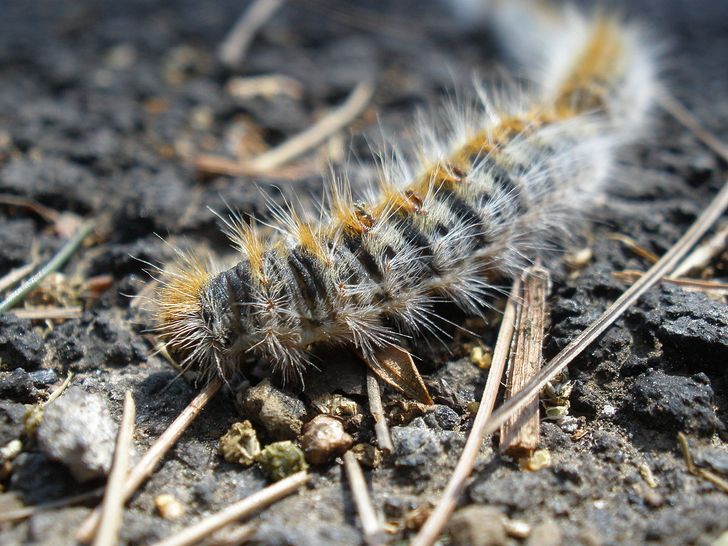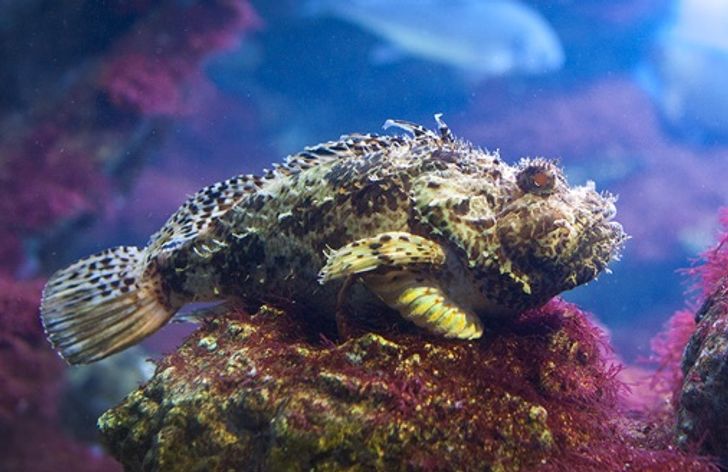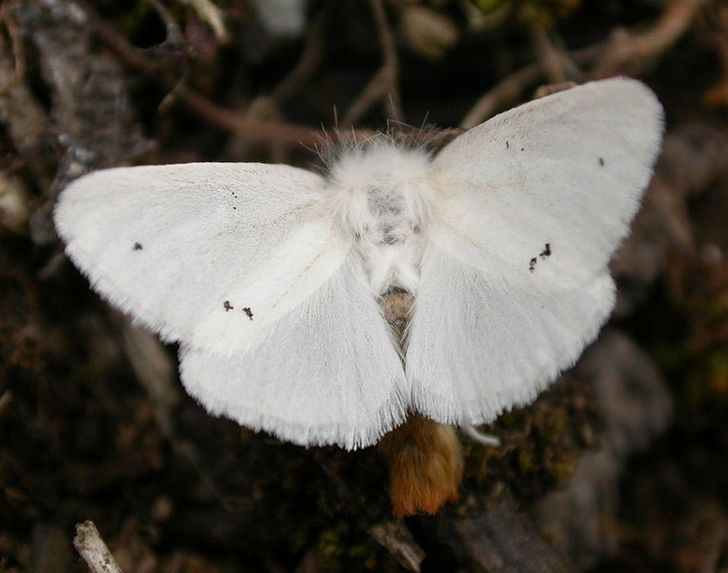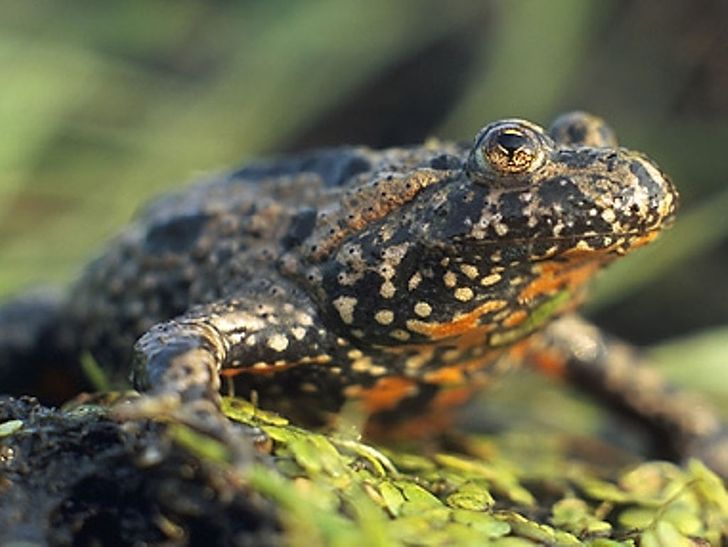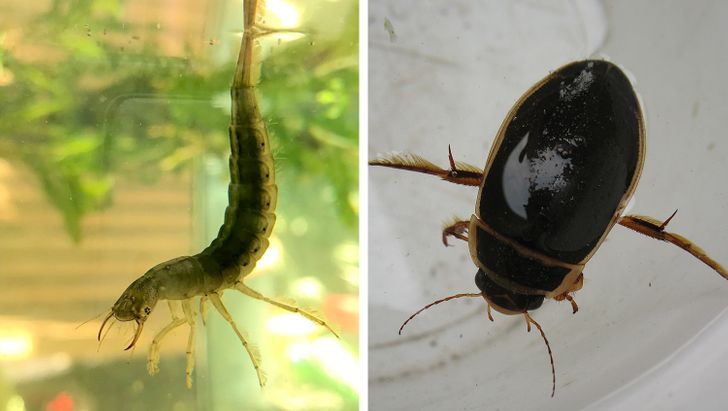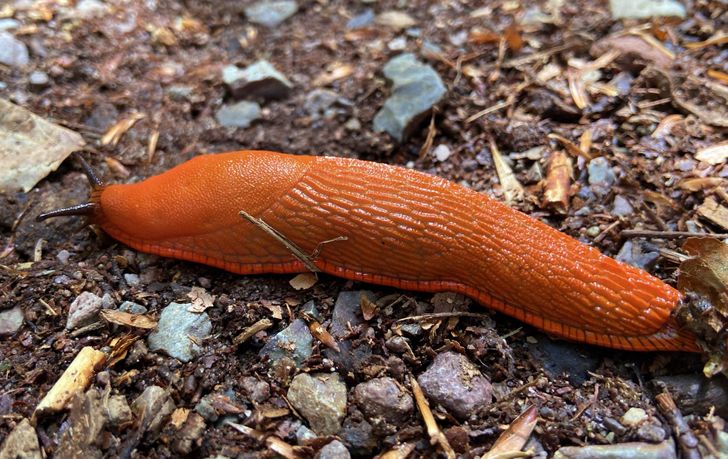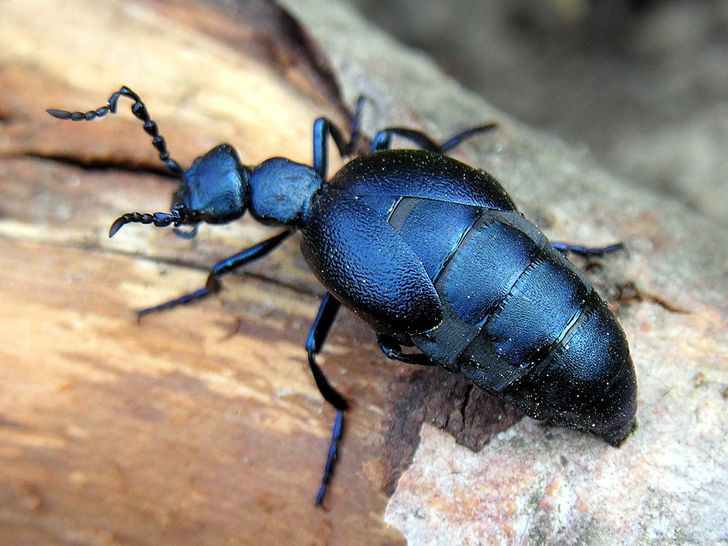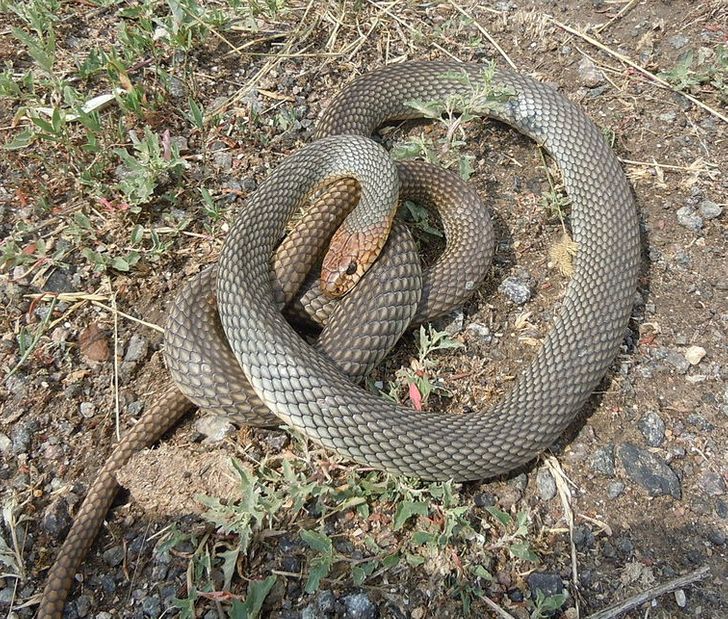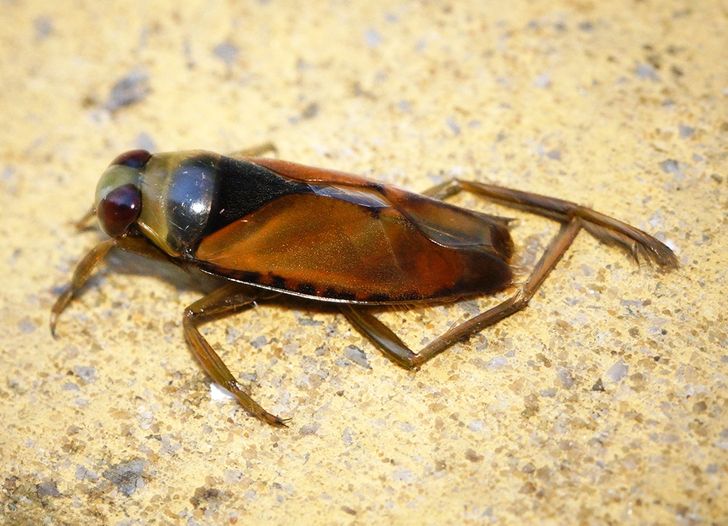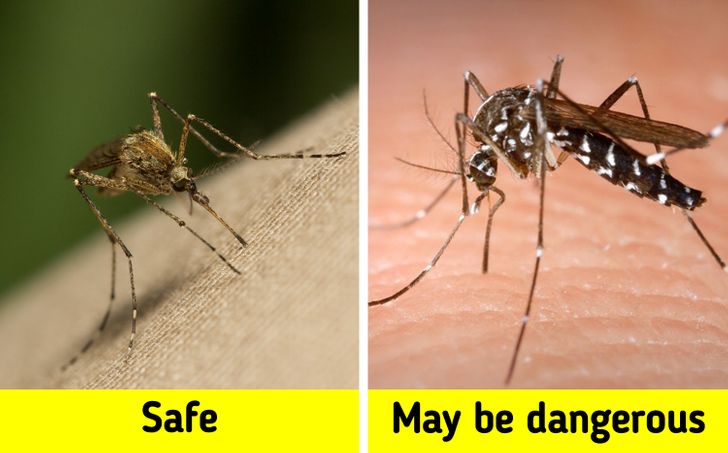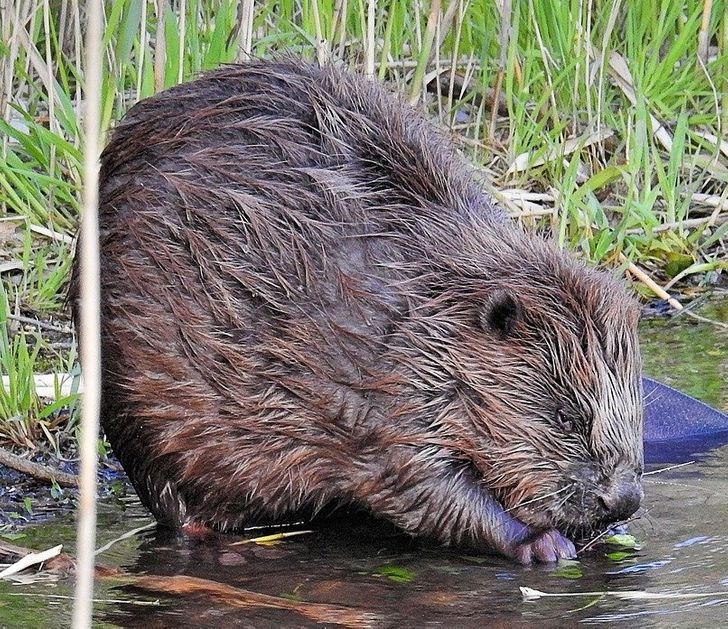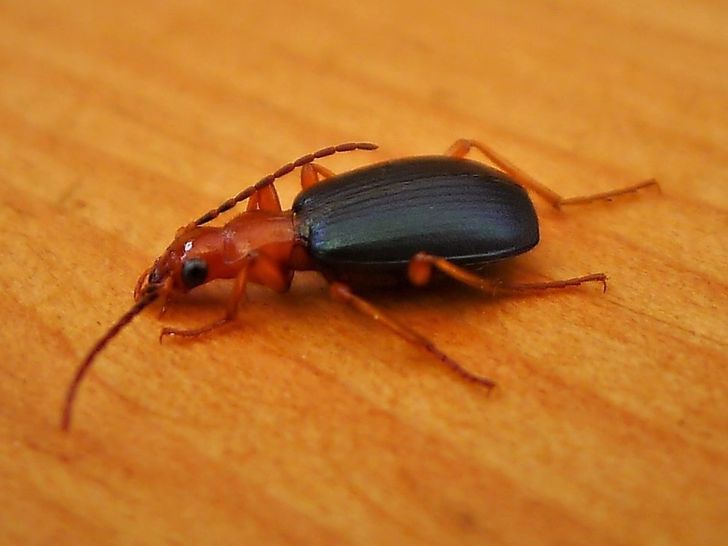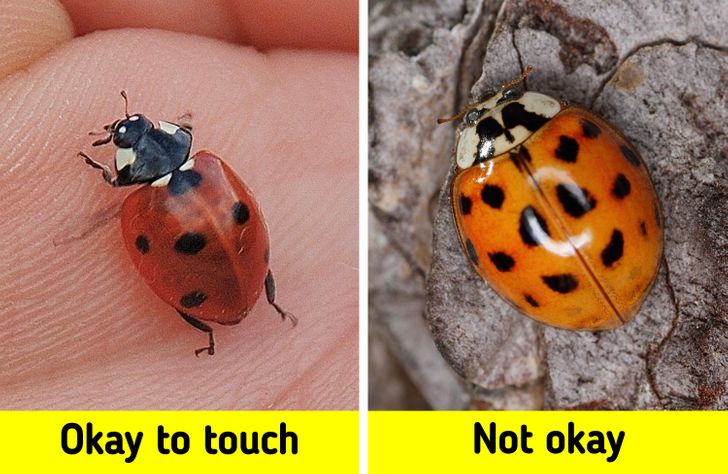jeesh when I was a kid I used to like holding ladybugs until one bit me. Mom didn't believe it and said ladybugs didn't bite. Thank god I wasn't allergic...
13 Creatures We’re Not Usually Afraid of Even Though We Should Be
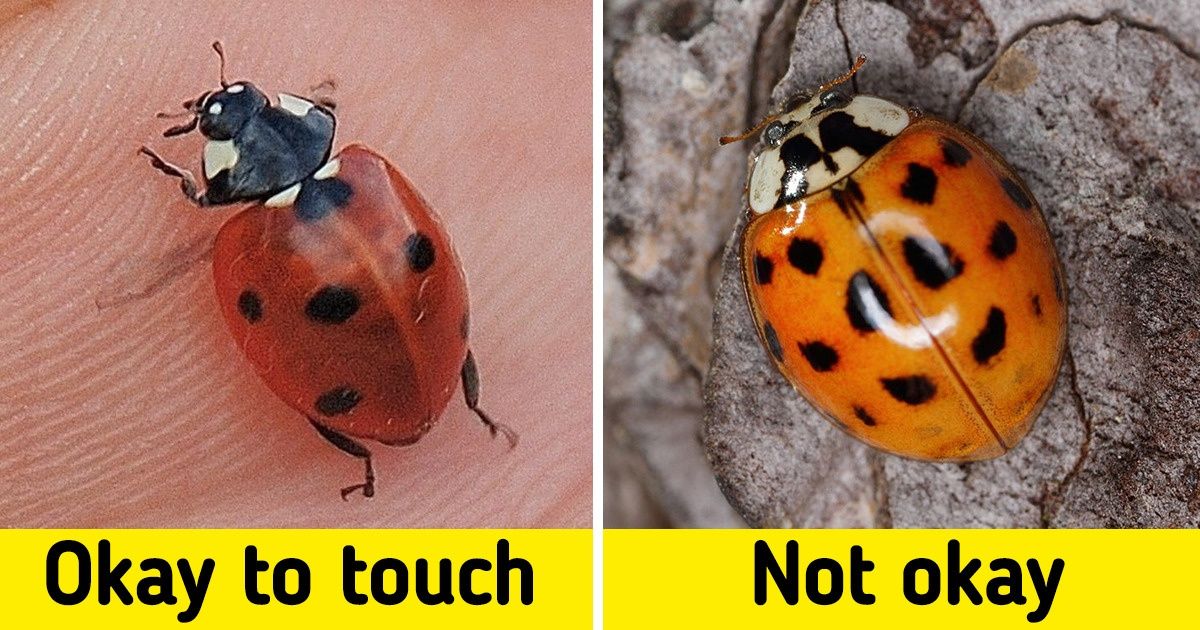
Unfortunately, nature surprises us not only with some amazing creatures but also with dangerous ones. And we can cross paths with them in seemingly safe places. Not everyone knows that even an ordinary ladybug may be dangerous or that caterpillars can cause skin irritation.
But forewarned is forearmed, which is why Bright Side decided to write this article about some creatures that should be avoided.
Pine processionary caterpillar
Pine processionary caterpillars are dangerous and you don’t even have to touch them to have unpleasant consequences. Even if you simply come into contact with a place where this caterpillar was and where it dropped its hairs, you might experience dermatitis which could result in serious skin irritation and other consequences.
- Where they live: Europe, North Africa, Middle East, India, and Russia
Black scorpionfish
Black scorpionfish are often found in coastal zones. They spend most of their time lying on the rocky bottom waiting for prey.
Big fish live deep, so fishermen and divers are the most at risk. The thorns they have on their back contain a chemical that leads to very serious pain, and the slime that gets into the wound will also cause inflammation, so don’t touch this fish.
- Where they live: the Eastern part of the Atlantic ocean, the Mediterranean sea, and the Black sea
Browntail moth
Browntail moths and the caterpillars that are especially active in the middle of summer have poisonous hairs. Any contact with these moths will lead to a very bad rash that might remain for weeks. The area you touch the moth with will get red and get itchy. The favorite spots for these moths to live in are parks with deciduous trees and ripe fruit.
- Where they live: Western and Eastern Europe, Asia
Fire-bellied toad
Fire-bellied toads have dark red, orange, and yellow spots on their body. You shouldn’t touch them or you might get poisoned with bombesin — a chemical their skin is covered with. It causes bad irritation, fever, and headache.
- Where they live: Europe and areas in Asia with a moderate climate
Diving beetle and its larvae
The larvae are quite big and can be up to 5 cm in size, which can make them pretty dangerous. If you touch it, it might bite you. The beetles themselves can give very bad bites too. The bite looks like the skin was pierced with something sharp. The bitten area will be surrounded by a bump that will take about 2-3 weeks to disappear.
- Where they live: Europe, Asia, North Africa
Red slug
These slugs can reach up to 18 cm in length and they eat a lot. It can eat almost anything it finds but it also transmits nematodes — which are parasites that are dangerous both to humans and animals.
- Where they live: Western Europe, including France, the Netherlands, Germany, Switzerland, Western Poland, and the Southern parts of the British islands
Meloe
This is a dangerous beetle that can’t fly. If the chemical it produces gets on your skin, there will be burns and blisters and they will take a long time to heal.
- Where they live: almost the entire Palearctic region
Caspian whipsnake
Caspian whipsnakes are not venomous but they are still incredibly aggressive. When it starts moving in circles, it means it is getting ready to jump. It always aims for the neck or the face.
- Where they live: South and South-Eastern Europe and Eastern Kazakhstan
Common backswimmer
Common backswimmers don’t look dangerous but you shouldn’t underestimate or touch them. It doesn’t happen very often but they can still pierce the skin with their noses.
- Where they live: Europe and Russia
Tiger mosquito
You can easily recognize these animals by the white stripes on their body and legs. They are dangerous because they transmit Dengue fever, Zika fever, and Chikungunya virus.
- Where they live: Asia, North America, and Hawaii
Beaver
Beavers live in their burrows when it’s cold but they sometimes get out to find food underwater. They can be really aggressive. In case of danger, beavers will protect their territory. So, if you see a beaver, it’s better to stay away from it to avoid any unpleasant situations.
- Where they live: Spain, France, central and Eastern Europe, Scandinavia, and Russia
Bombardier beetle
Bombardier beetles got their name because when they feel threatened, they spray a boiling chemical.
It’s dangerous to touch these beetles because it will most likely trigger their defense mechanism, so the beetle will try to defend itself, and you will get a chemical burn. It’s even worse if the chemical gets into your eyes.
- Where they live: Russia and in Southern Eurasia
Ladybug
Most kinds of ladybugs are harmless. But the harlequin ladybug is dangerous because it might bite you with its strong jaws, especially if it’s hungry.
Even though the bite is not poisonous, there will still be a bump and there might even be an allergic reaction. The most popular reaction is conjunctivitis that appears if you touch your eyes after you touch the bug.
- Where they live: Siberia, Kazakhstan, Japan, Mongolia, China, Korea, and Taiwan
Have you ever seen any of these creatures? Did you know that it’s better to stay away from them?
Comments
I think you have the photos on the lady bug mixed up.
I don't like most of the bugs that's why I'm scared of almost all of them no matter if they are dangerous or not 😂
man I thought all ladybugs are the same...
Dang who said im not scared of 8 and 11
Related Reads
17 People That Can’t Even Boil Eggs Without Ruining Them

15 Celebrity Couples Who Have Been Together the Longest

20 Witty Kids Who Can Teach Adults a Lesson or Two

10 Times Actors Shared the Screen With Their Own Kids and We Even Didn’t Notice It

I Taught My Sister-in-Law a Lesson Because She Refused to Pay for Her Meal

15+ Celebrities Who’ve Grown Up and Blossomed Like Spring Flowers

18 Stories That Show Kindness Can Be the Strongest Force of All

11 Stories Prove It Takes a Real Superpower to Handle Rude Customers

I Refused to Babysit My DIL’s Sick Son—I’m Not His Real Grandma

I Refused to Let Mom Move In With Me—My Privacy Isn’t Up for Debate

16 Times a Marriage Proposal Went Hilariously Off-Script

13 Stories Proving That Female Solidarity Turns Ordinary Women Into Legends

